SPL Lighting E27 LED Lamps
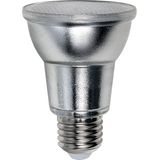

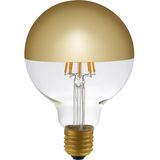
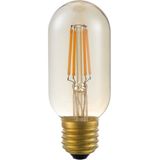
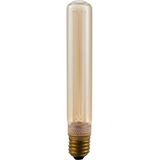
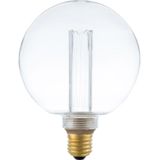
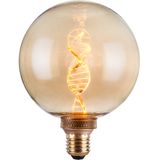
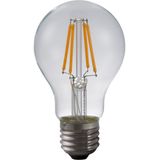
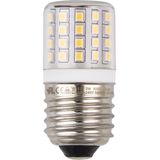

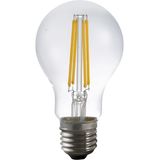
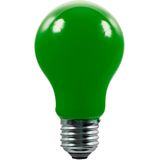
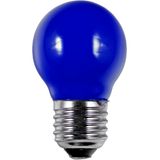
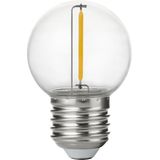
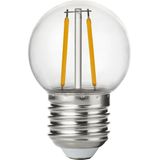








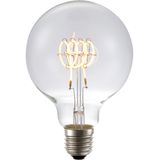


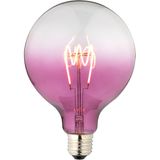



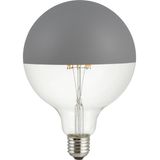
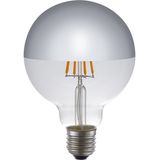
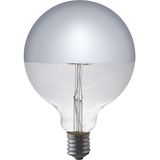
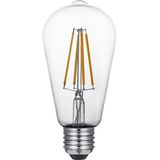
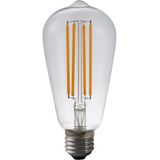
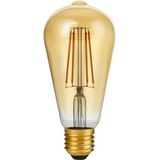

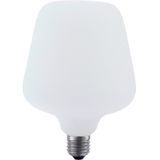


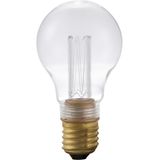
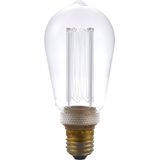

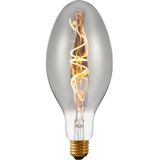
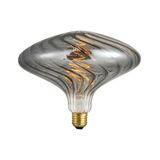
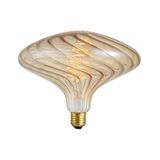
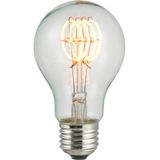

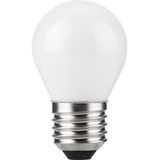
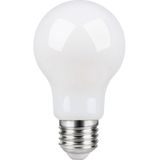



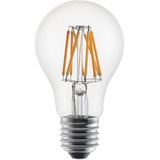
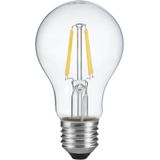
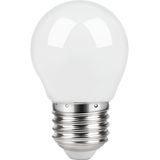
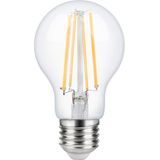


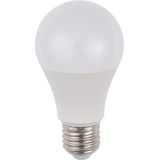
,spl lighting e27 led lamps formats and outputs
A60, A67, G80/G95 globes, and ST64 tubes cover most fittings without changing shades. Power nodes commonly 4/6/8/10/13–15 W with typical outputs ≈ 470/700/900/1 050/1 500–1 600 lm on 220–240 V. Colour packs 2700/3000/4000 K; CRI 80 as the workhorse, CRI 90 with R9 > 50 available for food, timber, and fabrics. Pro lines quote PF ≥ 0.90 from 8–10 W upward, THD ≤ 15 %, surge 1–2 kV L–L. Operating window −20…+40 °C; keep Tc below 85 °C in enclosed shades. Photobiological safety falls in EN 62471 RG0/RG1; sources reference LM-80 with TM-21 life projections—expect L70/L80 25–50k h depending on engine and thermal path.
spl lighting screw base led lamps optics and shapes
Clear “filament” glass gives higher centre intensity and the “sparkle” that reads well in open pendants; opal ceramic-core globes flatten luminance for comfort in shallow canopies. Omni distribution is standard; select inner-reflector versions where more forward throw is wanted over counters. Envelopes are marked for size (e.g., A60 ≈ Ø60 × 110 mm) so trims and cages aren’t a guess during coordination. Caps follow IEC 60061; collars use ceramic or high-temp polymer on higher watt nodes.
spl lighting dimmable e27 lamps driver behaviour
Trailing-edge (RC) channels are the safe default. Many SKUs also carry approved leading-edge (RL) lists. Clear filament types typically run ~5–100 % with clean low-end; opal diffusers sit ~10–100 % depending on channel load. Pro drivers target PstLM ≤ 1.0 and SVM ≤ 0.4 for camera-heavy rooms. Small loads on multi-gang plates can shimmer—aggregate circuits or add a bleed where the dimmer needs it. For hot plaster rings, use holders rated ≥T150 and confirm “enclosed-fixture suitable” on the data row.
spl lighting e27 led bulbs series snapshot
Filament Décor – clear or tinted glass, 2700 K focus, very low driver ripple, CRI 90 options for front-of-house.
Opal Utility – 3000/4000 K, highest lm/W, PF ≥ 0.90 on 10–15 W nodes, better heat handling in tight shades.
High-Output A67 – ~1.5–1.6 klm where ceiling height needs punch without changing the luminaire.
Mini G45 – compact bodies for sconces and bedside heads.
All series share finish options and envelope codes so a floor can mix visible décor with utility pieces without colour or form drift.
Electrical and compliance references you’ll actually use
IEC/EN 62560 (self-ballasted LED lamp safety/marking), EN 62031 + IEC 62384 / EN 61347-2-13 (source/driver), EN 55015/EN 61547 (EMC), EN 61000-3-2/-3-3 (mains quality). Labels print CCT/CRI/lm/PF/THD/dimming icon and the no-enclosure symbol where relevant.
Integration and fitment notes
Open pendants: clear filament for sparkle; keep globes for even glow. Closed shades: prefer opal ceramic-core for maintained flux at elevated Ta. Counters and task pendants: 3000/4000 K, CRI 90, verify lumen at Ta 40 °C if the canopy runs hot. Emergency: treat at luminaire level (maintained packs). For AV-adjacent zones, use braid clamps on pendant drops and keep control wiring segregated.
Selection cues that save time
- Photometry first: target lumen and luminance (clear vs opal) by room.
- Colour policy: 2700 K dining; 3000 K mixed hospitality/retail; 4000 K task/office. Lock CRI per zone.
- Dimming: declare channel type and minimum level on drawings; keep loads inside the dimmer’s stable window.
- Thermal: enclosed-use rating, holder T-class, and canopy airflow.
- Logistics: standardise one clear and one opal option per area; A60 for general, A67 for higher ceilings, G95/ST64 for visible décor.
In retrofit programs, mark lamp envelope and maximum shade watt limit directly on the room data sheets. Where legacy halogen remains nearby, match CCT/CRI so scenes don’t split by colour.